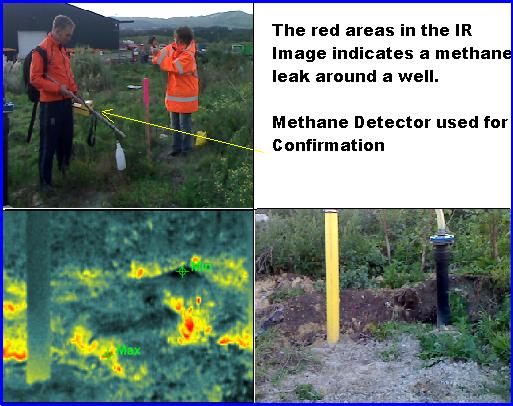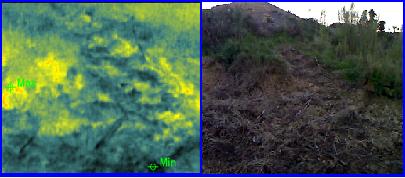Are you building, renovating, buying a house or touching structural eliments of a building envelope in NZ?
You can now access the current copy of the NZ building code act below, to determine if the work you are about to undertake (or to clarify an existing situation you would like know about), is in compliance with what the current building acts states.
A building design that complies with a Compliance Document must be in line and comply with the related Building Code provisions for the type of work being undertaken in order to be signed off.
If you are buying a house, most pre-purchase building inspectors with assess a home to the current building act.
If you are looking for alternative solutions to comply with the building code, or having issues complying with the code for already completed work, you can read more about the process to comply HERE…
For readers of this website, here are some fast links to particular areas of the NZ building code you may be interested in:
Throughout the document, you can search for and find the various rules & building code for: Bathrooms, Balustrades, Decks, Drainage, Definitions, Dryers, Earthquakes, Stairs, Toilets, Sheds, Fences, Handrails, Carports, Fire Places, Handrails & Heights, Joist Spans and Hangers, For Kitchens, Lighting, Plumbing, Pool Fences, Parking, Retaining Walls, Roof, Ramps, Range Hoods, Smoke Detectors, Steps, Toilets, Ventilation, Wall Insulation, Water Heaters, Windows (Existing and Double Glazed), Water Pressure, and general New Zealand building code inspection requirements.








